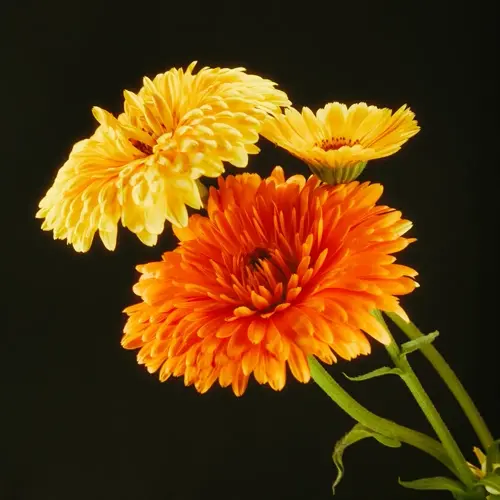How often should catnip be watered?

Written by
Nguyen Minh
Reviewed by
Prof. Charles Hartman, Ph.D.Properly planted catnip requires regular watering to lead to healthy development and a fragrant aroma. Established plants only need watering when the top inch of soil is thoroughly dry. Plants require consistently moist soil, but not too wet. Don't forget to water container plants, especially during heatwaves, and check soil moisture more frequently.
Mature Plants
- Water deeply when topsoil is dry to the touch
- Use the finger test: insert finger to second knuckle
- Morning watering reduces evaporation and fungal risks
Seedlings
- Keep soil consistently moist but not soggy
- Water lightly every 2-3 days in moderate climates
- Use mist sprayers to avoid disturbing delicate roots
Container Care
- Check moisture daily in temperatures above 80°F
- Ensure pots have drainage holes to prevent waterlogging
- Water until it flows from bottom then stop immediately
Watering schedules must be adjusted according to the climate and seasonal conditions. Hot summer months may warrant watering every 3-4 days. Cool spring weather may keep them for an interval of 7-10 days. Always be more concerned about the dryness of the soil than about timing intervals. Plants in containers dry out quickly; terracotta pots are the fastest drying.
To prevent "root rot", it is important that there is exceptional drainage. You can add perlite to garden soil. Use sandy potting mixes. Overwatered plants will display yellowing leaves and have weak stems. Stop watering immediately and improve air circulation. Plants with significant issues will need to have their root systems repotted in fresh, dry soil.
Water in the early morning for maximum water absorption and to minimize evaporation. Do not water at night, as this promotes fungal disease. Use drip irrigation or water cans and target the soil level to ensure optimal watering. A healthy catnip plant, properly watered, has a more robust aroma and is not waterlogged.
Read the full article: How to Grow Catnip: The Complete Guide

